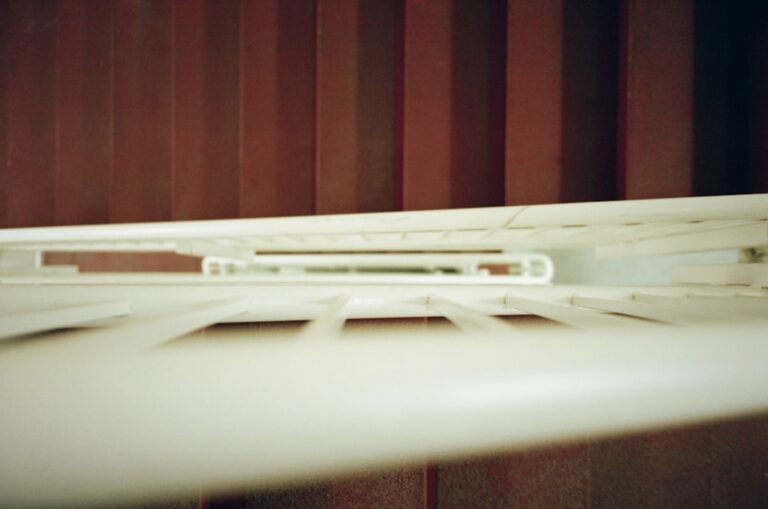A soaking tub is the ultimate addition to any bathroom, transforming it into a spa-like retreat where you can unwind after a long day. Unlike standard bathtubs, soaking tubs are deeper, allowing you to submerge your entire body for maximum relaxation. If you’re considering installing a soaking tub, this guide will walk you through the essential steps to ensure a seamless installation and optimal enjoyment.
Benefits of a Soaking Tub
Before diving into the installation process, it’s important to understand why soaking tubs have become so popular. Here are a few benefits:
- Deep Relaxation: The extra depth allows full-body immersion, reducing stress and promoting muscle relaxation.
- Improved Circulation: Soaking in warm water can improve blood flow and relieve muscle tension.
- Aesthetic Appeal: Soaking tubs add an elegant touch to any bathroom, enhancing its overall design.
- Space Efficiency: Many soaking tubs are designed to fit in smaller bathrooms without compromising comfort.
Choosing the Right Soaking Tub
Before installing a soaking tub, you need to choose the right one for your space and needs. Consider these factors:
- Material: Common materials include acrylic, cast iron, and stone resin. Acrylic is lightweight and affordable, while cast iron and stone resin are more durable and retain heat better.
- Size: Measure your bathroom space to ensure the tub fits comfortably.
- Freestanding vs. Built-in: Freestanding tubs create a luxurious look, while built-in options integrate seamlessly with existing decor.
- Features: Some soaking tubs come with additional features like jets, ergonomic designs, or heated surfaces for enhanced comfort.
Steps to Installing a Soaking Tub
1. Prepare the Space
- Measure the area where you plan to install the tub.
- Ensure the flooring can support the weight, especially if you’re installing a heavy cast-iron or stone resin tub.
- Check plumbing connections to ensure they align with the tub’s drain and water supply.
2. Choose the Right Plumbing Fixtures
- Select a high-quality faucet and drain that complement your tub’s design.
- Consider a floor-mounted, wall-mounted, or deck-mounted faucet, depending on your tub’s location.
- Ensure proper waterproofing around the installation area.
3. Install the Tub
- Position the tub carefully, aligning it with the drain and plumbing fixtures.
- Secure the tub to the floor if necessary, following the manufacturer’s instructions.
- Connect the plumbing and test for leaks before finalizing the installation.
4. Add Finishing Touches
- Seal any gaps with waterproof caulking to prevent water damage.
- Install surrounding tiles or decorative panels if needed.
- Consider adding accessories like bath caddies, candles, or essential oils to enhance relaxation.
Maintenance Tips for Your Soaking Tub
To keep your soaking tub in top condition, follow these maintenance tips:
- Regular Cleaning: Use a mild, non-abrasive cleaner to prevent buildup and staining.
- Avoid Harsh Chemicals: Harsh cleaners can damage the tub’s finish.
- Check for Leaks: Periodically inspect the plumbing connections to prevent water damage.
- Polish and Reseal (if needed): Stone and cast iron tubs may require occasional resealing to maintain their beauty and durability.
Final Thoughts
Installing a soaking tub is an excellent investment in both relaxation and home value. By choosing the right tub, ensuring proper installation, and maintaining it well, you can enjoy a luxurious bathing experience for years to come. Whether you opt for a modern freestanding tub or a classic built-in design, a soaking tub is sure to transform your bathroom into a personal retreat.









